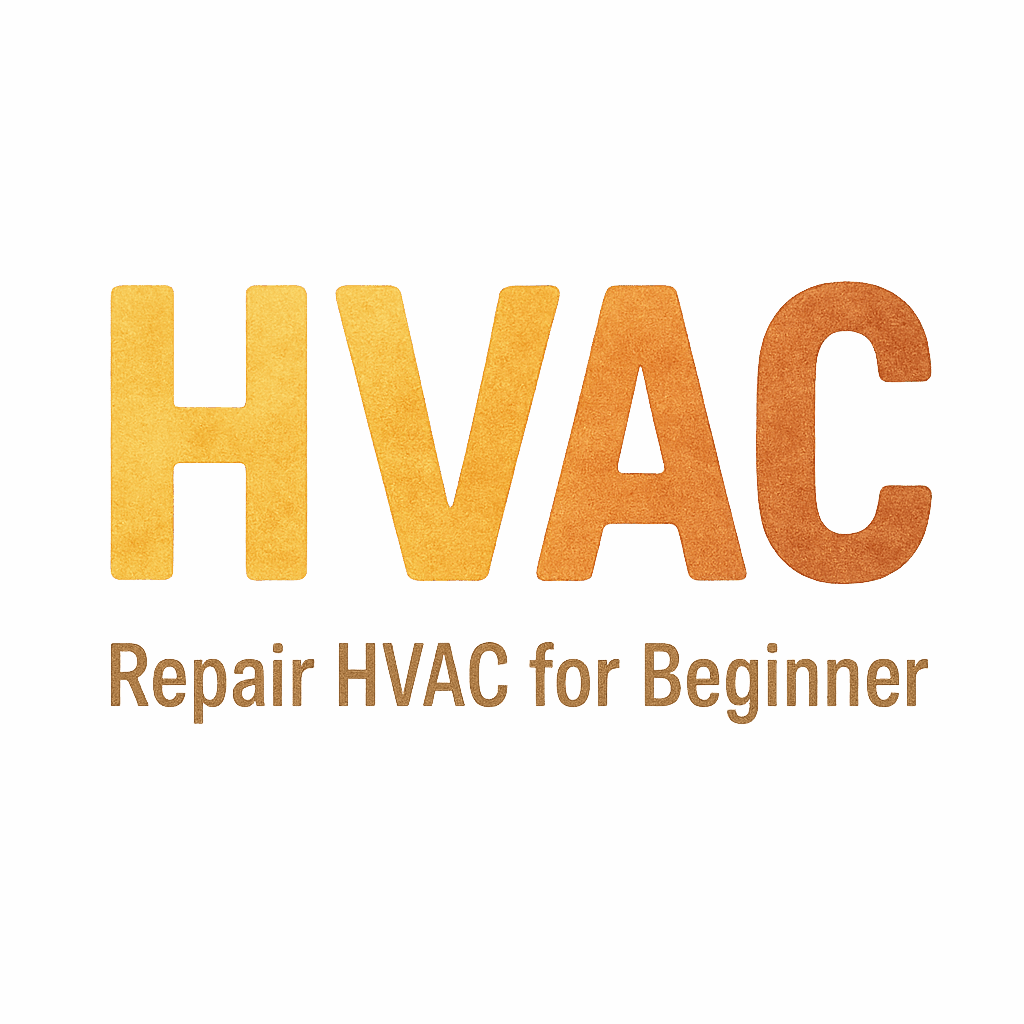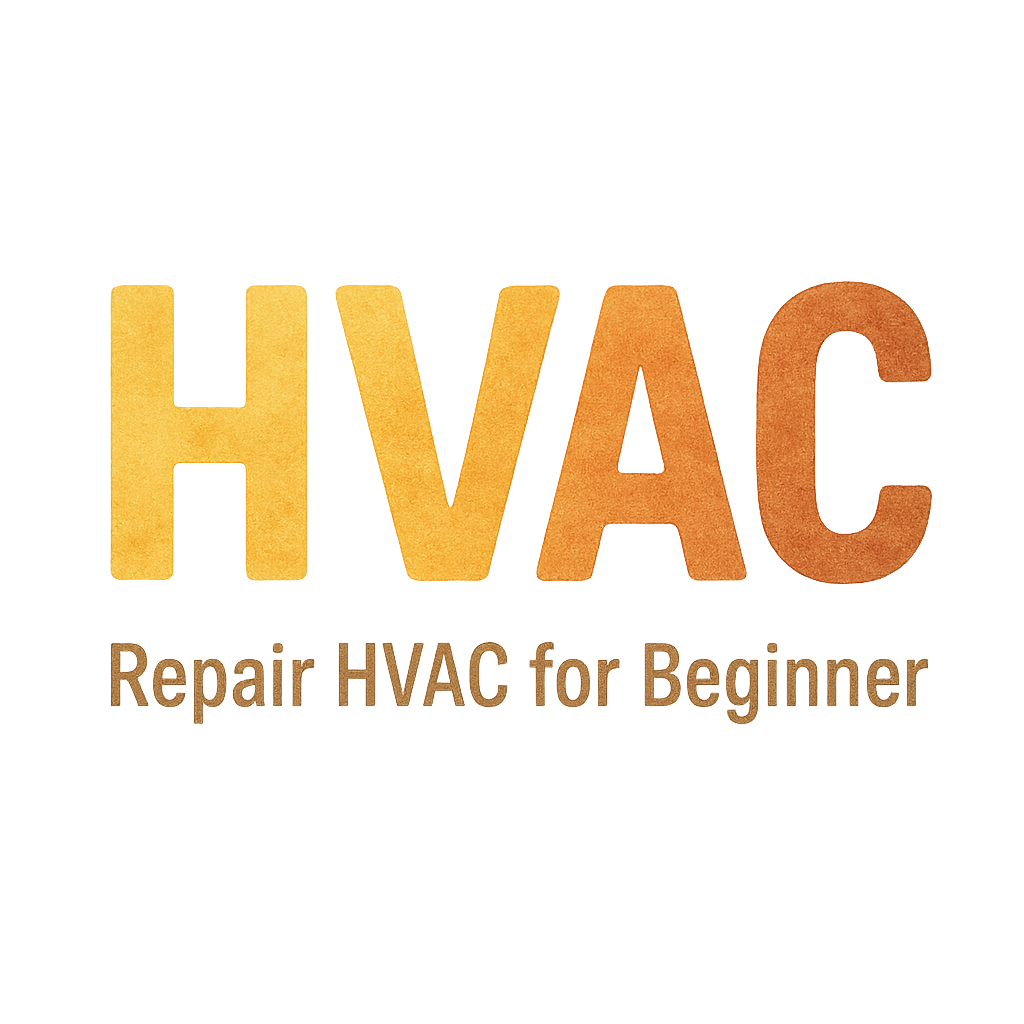Introduction
HVAC systems are an essential part of maintaining comfort in your home, but sometimes problems arise. Not every issue requires a professional technician, and many common HVAC problems can be solved with a little knowledge and effort. Whether you’re dealing with a clogged air filter or a frozen evaporator coil, this guide will walk you through five HVAC problems that can be solved without a technician. Keep reading to learn how to troubleshoot and fix these issues on your own to save both time and money.

1. Clogged Air Filter
What is a Clogged Air Filter?
The air filter in your HVAC system plays a crucial role in maintaining indoor air quality by trapping dust, dirt, and other airborne particles. Over time, the filter can become clogged, reducing airflow and forcing your HVAC system to work harder.
Signs of a Clogged Air Filter
- Decreased airflow from vents
- Higher energy bills
- Excessive dust around vents
- The system runs constantly without effectively heating or cooling
How to Fix a Clogged Air Filter
Changing your HVAC filter is a simple task that can significantly improve the performance of your system. If you notice any of the signs above, it’s time to replace the filter.
Step-by-Step Process for Replacing the Filter
- Turn off your HVAC system for safety.
- Locate the air filter (typically near the return air duct).
- Remove the old filter and check its size (usually printed on the side).
- Install the new filter, ensuring it’s the correct size and orientation.
- Turn the system back on and enjoy improved airflow.
If you need guidance on HVAC maintenance, check out our HVAC maintenance guide for more tips.
2. Thermostat Issues
Common Thermostat Problems
Your thermostat controls the temperature in your home, but issues such as dead batteries, incorrect settings, or malfunctioning sensors can cause it to stop working properly.
How to Recalibrate or Replace Your Thermostat
Most thermostat problems are easy to fix with a bit of attention.
Checking the Thermostat’s Batteries
- If you have a battery-powered thermostat, begin by checking the batteries. Replace them if necessary.
- After replacing the batteries, check if your system begins to respond.
Resetting Your Thermostat for Optimal Functioning
- Turn off your HVAC system.
- Locate the reset button (or refer to the user manual for instructions).
- After resetting, set the thermostat to your desired temperature.
If you’re looking for a thermostat replacement or want to understand thermostat types, feel free to explore our page on common HVAC problems.
3. Tripped Circuit Breaker
How Circuit Breakers Affect Your HVAC System
A tripped circuit breaker is one of the most common reasons for an HVAC system to stop working. It often happens when there’s an overload or short circuit.
How to Reset a Tripped Circuit Breaker
- Locate your breaker panel—usually in the basement or utility room.
- Find the HVAC breaker and flip it to the “off” position, then back to “on.”
- Check the system to see if it’s functioning correctly.
For more information on HVAC troubleshooting and tips for maintaining your system, visit our troubleshooting and repair page.
Steps for Preventing Future Breaker Trips
- Avoid overloading the system.
- Schedule regular HVAC system inspections to catch potential issues early.
4. Blocked Vents and Ducts
Why Blocked Vents and Ducts Are Problematic
Blocked vents and ducts restrict airflow, making it difficult for your HVAC system to properly heat or cool your home. This forces your system to work harder, resulting in higher energy bills and reduced comfort.
How to Check and Clean Your Vents
Start by checking all the vents in your home. If they’re covered by furniture or curtains, move these items out of the way. Also, look inside the vents for any visible debris.
Tools You Need to Clean Your Ducts
- Vacuum cleaner with hose attachment
- Flexible duct cleaning brush
- Screwdriver (for removing vent covers)
Steps to Clean Your Vents
- Turn off the HVAC system.
- Remove the vent covers and vacuum inside the ducts.
- Clean the area around the vent openings with a brush or cloth.
- Replace the vent covers and turn your system back on.
If you’re interested in learning more about ductwork and air quality maintenance, check out our detailed guide on HVAC filter problems.
5. Frozen Evaporator Coils
Why Your Coils Freeze
Frozen coils are often caused by low refrigerant levels, a dirty air filter, or poor airflow. When your evaporator coils freeze, the HVAC system can’t absorb heat properly, causing inefficiency.
How to Defrost the Coils
- Turn off your HVAC system to allow the coils to thaw.
- Replace the air filter if it’s clogged.
- Check the refrigerant levels—if they’re low, you may need professional help.
- Ensure there is adequate airflow by checking vents and ducts for obstructions.
How to Prevent Frozen Coils in the Future
- Replace your air filter regularly.
- Schedule routine HVAC maintenance to prevent issues like frozen coils from occurring again.
For more tips on preventative HVAC care, visit our page on monthly HVAC care.
Conclusion
Maintaining your HVAC system doesn’t always require a professional technician. By addressing common problems such as clogged air filters, thermostat issues, tripped circuit breakers, blocked vents, and frozen coils, you can ensure your system runs efficiently without the added cost of service calls. Regular maintenance, like replacing filters and checking for blockages, can prevent many of these problems from occurring. If the issue persists or seems more complex, don’t hesitate to contact a professional.
For more detailed guides on maintaining your HVAC system, head over to our HVAC Basics for Beginners.
7 FAQs About HVAC Problems
1. How often should I change my HVAC filter?
You should replace your HVAC filter every 1-3 months, depending on the type of filter and usage.
2. Can a dirty thermostat affect my HVAC performance?
Yes, dirt and dust can cause your thermostat to read incorrectly, impacting temperature control.
3. What should I do if the circuit breaker keeps tripping?
Check for electrical overloads, and if the issue persists, contact a technician to inspect the wiring.
4. How do I know if my vents are blocked?
Weak airflow or uneven cooling/heating can indicate blocked vents.
5. How can I prevent my evaporator coils from freezing?
Replace air filters regularly, maintain airflow, and schedule routine maintenance to avoid frozen coils.
6. Should I call a technician for a thermostat issue?
If your thermostat is still malfunctioning after replacing batteries or recalibrating, it may be time to call in a professional.
7. What are the signs that my HVAC system needs professional repair?
Unusual sounds, poor temperature control, and persistent issues are signs you may need professional HVAC repair.


